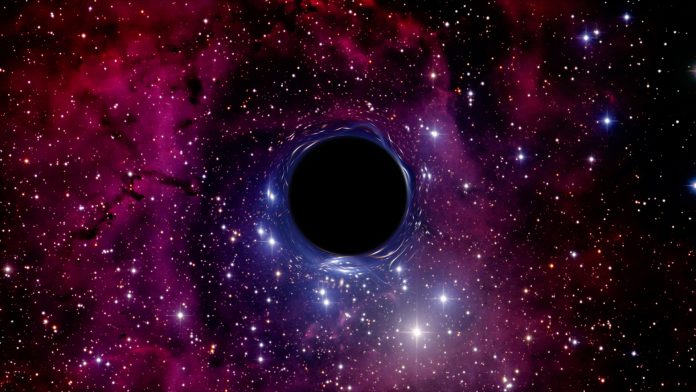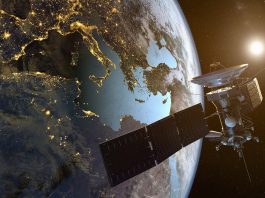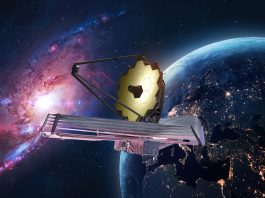Astrophysicists at the Harvard and Smithsonian Center for Astrophysics (CfA) have suggested a way to observe what could be the second-closest supermassive black hole to Earth: a behemoth that is three million times the mass of the Sun, hosted by the dwarf galaxy Leo I.
The supermassive black hole, labelled Leo I*, was first proposed by an independent team of astronomers in 2021. The team noticed stars picking up speed as they approached the centre of the galaxy — evidence for a black hole — but directly imaging emission from the black hole was not possible.
Now, CfA astrophysicists Fabio Pacucci and Avi Loeb, have found a new way to decipher the supermassive black hole’s existence.
The results of their study were published today in the Astrophysical Journal Letters.
Why are black holes so tricky to observe?
“Supermassive black holes are very elusive objects, and sometimes they enjoy playing hide-and-seek with us,” explained Fabio Pacucci, lead author of the study.
“Rays of light cannot escape their event horizons, but the environment around them can be extremely bright if enough material falls into their gravitational well. But if a black hole is not accreting mass, instead, it emits no light and becomes impossible to find with our telescopes.”
This is the challenge with Leo I*, which is a dwarf galaxy so devoid of gas available to accrete, that it is often described as a fossil. However, these difficulties have not relinquished the astronomers’ hopes of observing this supermassive black hole.
“In our study, we suggested that a small amount of mass lost from stars wandering around the black hole could provide the accretion rate needed to observe it,” Pacucci said.
“Old stars become very big and red — we call them red giant stars. Red giants typically have strong winds that carry a fraction of their mass to the environment. The space around Leo I* seems to contain enough of these ancient stars to make it observable.”
The observations would reveal groundbreaking information
“Observing Leo I* could be groundbreaking,” stated Avi Loeb, co-author of the study. “It would be the second-closest supermassive black hole after the one at the centre of our galaxy, with a very similar mass but hosted by a galaxy that is a thousand times less massive than the Milky Way.
“This fact challenges everything we know about how galaxies and their central supermassive black holes co-evolve. How did such an oversized baby end up being born from a slim parent?”
Decades of studies show that most massive galaxies host a supermassive black hole at their centre, and the mass of the black hole is a tenth of a percent of the total mass of the spheroid of stars surrounding it.
Loeb said: “In the case of Leo I*, we would expect a much smaller black hole. Instead, Leo I* appears to contain a black hole a few million times the mass of the Sun, similar to that hosted by the Milky Way. This is exciting because science usually advances the most when the unexpected happens.”
Currently, the team are still working on generating images of the black hole. They have obtained telescope time on the space-borne Chandra X-ray Observatory and the Very Large Array radio telescope in New Mexico, and are currently analysing the new data.
Pacucci concluded: “Leo I* is playing hide-and-seek, but it emits too much radiation to remain undetected for long.”









